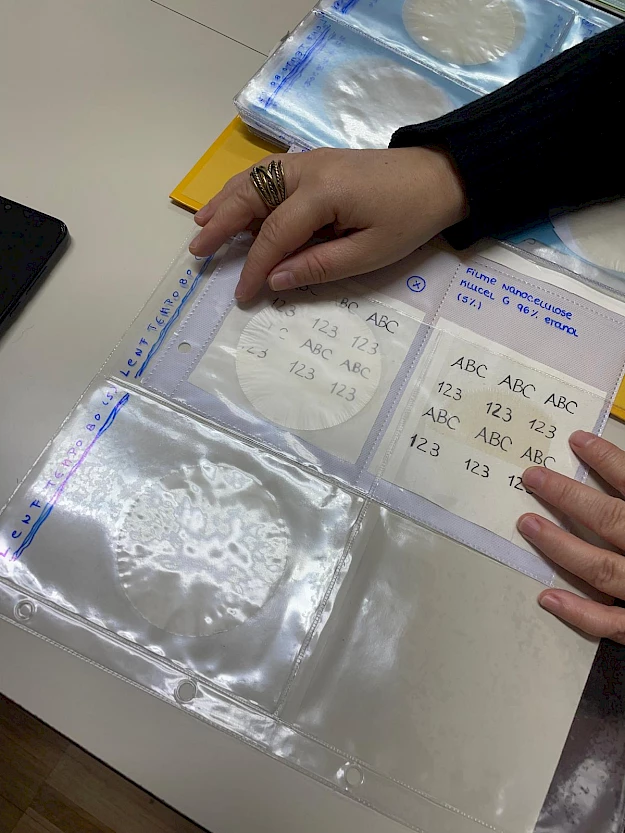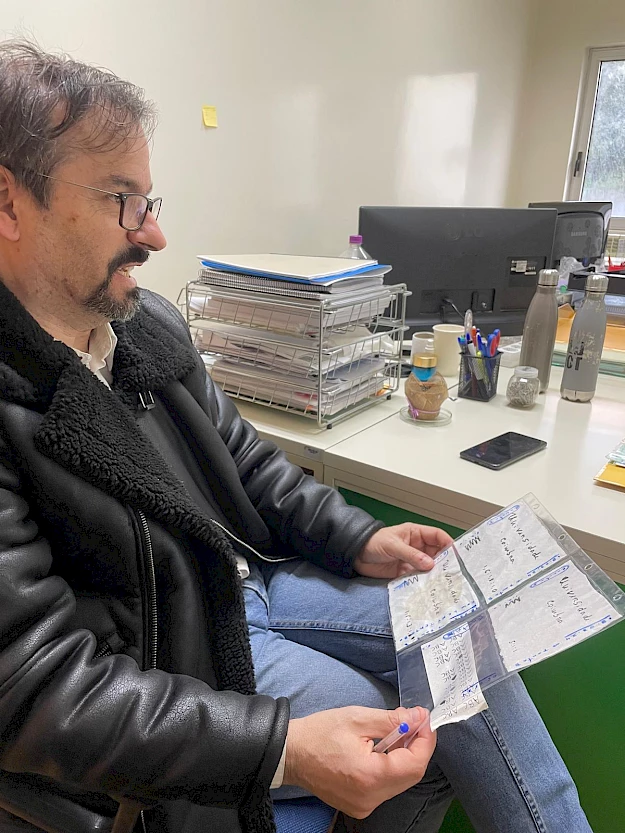UC scientists develop nanocellulose films for the conservation and restoration of historical documents
These films are made from renewable materials and resemble cling film but are more durable, providing an innovative alternative to traditional methods like Japanese paper.
A research team from the Department of Chemical Engineering (DEQ) at the Faculty of Sciences and Technology of the University of Coimbra (FCTUC) is developing nanocellulose biofilms is developing nanocellulose biofilms that offer effective and sustainable solutions for the conservation and restoration of historical paper documents.
These films are similar to cling film, but more durable, and are made from renewable materials, providing an innovative alternative to traditional methods such as Japanese paper, which is widely used in the field.
“Iron gall ink was commonly used in manuscripts for centuries due to its sharpness and durability. However, some of its chemical properties, including acidity and excess iron, cause the paper to deteriorate over time, leading to cracks, brittleness, and even holes in the document. The ink itself also fades, resulting in a loss of legibility," explains José Gamelas, a researcher at the Centre for Chemical Engineering and Renewable Resources for Sustainability (CERES).
According to the leader of the project NANOCELIRONGAL – Nanocellulose Films for the Repair of Old Documents Containing Iron Gall Ink, nanocellulose films offer great advantages over conventional materials. These include strong mechanical resistance, ensuring greater durability and structural stability of the treated paper; a superior protective barrier that prevents the entry of oxygen and humidity, the main causes of degradation; and high transparency, allowing the film to be applied almost imperceptibly. Additionally, like Japanese paper, these films contribute to greener conservation practices.
José Gamelas will lead a new project starting in March, funded by the European Commission with a grant of 2.2 million euros, to build on the research already carried out in this area. "This next phase seeks to consolidate an innovative line of research into the creation of bio-based materials using sustainable approaches and to explore their potential in the conservation of historical and cultural heritage," concludes the FCTUC professor.


